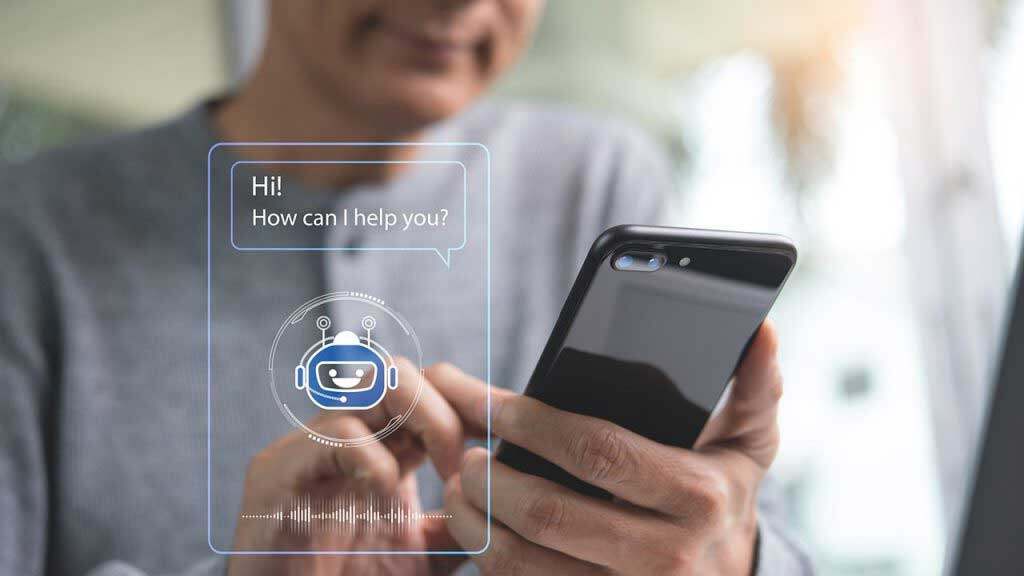As artificial intelligence replaces and augments roles within the workplace, researchers are exploring effective ways to present collaborations between humans and chatbots.


Digital employees, such as chatbots powered by artificial intelligence, are increasingly utilised alongside human employees to create a dual frontline service, but how are customers experiencing this trend?
University of Auckland researchers explore the burgeoning business of chatbot-human collaboration and customer perceptions in a recent paper titled The Future Of Work: Creating an Effective Collaboration Between Human and Digital Employees in Service.
Rather than looking at chatbots as just tools, these non-human agents can be considered collaborators and team members, says Associate Professor (Marketing) Laszlo Sajtos.
“Doing so can foster customer recognition of a positive alliance and effortless human-bot teamwork through their awareness of the team’s joint efforts in handling service requests,” he says.
In their article, Sajtos, former Business School doctorate student Khanh Bao Quang Le and Associate Professor Karen Fernandez detail five experimental studies they undertook with 1,403 participants.
One scenario saw participants play the role of a prospective student looking online for a data science programme. Another placed them within a finance consulting setting.
“We found that making the human-digital employee collaboration visible to customers during their service encounter can reinforce their perception of a cohesive team and a fluent service process and that this drives satisfaction,” says Sajtos.


Transparency regarding the joint frontline and who does what is crucial, according to the study.
“The key word here is transparency,” says Sajtos. “When human and digital employees work together, it’s critical to provide clear communication to and in front of the customer about what happens during the service provision – who takes care of which task and what information is transferred between entities. It’s important to demonstrate a cohesive team through communicating a joint goal.”
The research also shows that having a human employee in a supervisory role increases customer satisfaction. Additionally, the study suggests that the human employee’s effectiveness as a supervisor lies in improving the customer’s perception of a cohesive team.
For instance, Hana – a digital employee on One New Zealand’s website – informs customers that they can always escalate their request to a human. This setup, says Sajtos, creates a sense of cohesiveness because customers know that a human employee monitors the interaction.
The marketing expert says businesses will be well served if they move towards building human-digital employee teams that represent their brand and business as a dual frontline.
“We recommend that firms train their digital and human employees to work as a cohesive team in front of customers. This could be achieved by coding the chatbot to notify customers about task handovers and instructing human employees to acknowledge the transfer in front of the customer.”
Explaining the process to the customer and setting expectations at the beginning of the experience can enable businesses to create a seamless customer experience and the impression of a cohesive team, says Sajtos, who is currently working on a project investigating the use, and perceptions of, robots employed in restaurants in China.






































